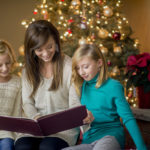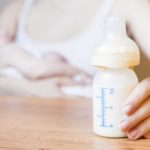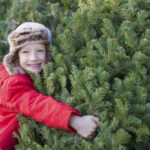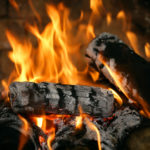A Greener Christmas Tree?
What’s better for the environment – a real Christmas tree or a fake one?
Andrew Weil, M.D. | December 7, 2015
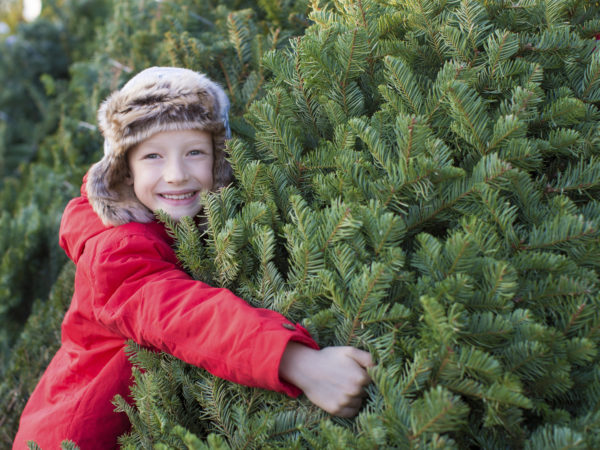
Originally published December 02, 2008.
This is a tough call. Most of the Christmas trees sold in the United States are grown on tree farms. For each one cut down as the holiday season approaches, at least two more trees are planted. Thus, they’re considered a “renewable resource.” Other pluses: they remove carbon dioxide from the atmosphere, benefit the landscape, hold soil together and provide homes for animals and birds.
However, most growers use pesticides, herbicides and fertilizers that can have a negative impact on wildlife, birds and water quality. These chemicals include glyphosate (Roundup), which has been associated with chest pains and nausea in humans and is deadly to many fish and beneficial insects; the organophosphates di-syston 15-G, which can cause convulsions and unconsciousness, and dimethoate, which can cause tremors and breathing difficulties. Most of these chemicals are washed away by rain or destroyed by ultraviolet light before you buy your tree so they’re unlikely to cause human health problems, but their environmental impact remains.
As an alternative, you also could buy a living evergreen sold with its root ball so you can plant it outdoors after the holiday. To keep the tree alive, you have to allow it to acclimate for about a week in your garage or on a porch before bringing into the house. And then you have to limit the time you keep it indoors. The New Hampshire Department of Environmental Services advises checking with a local nursery about caring for a live tree in your area.
Artificial trees don’t shed needles, and you can reuse them, but the needles are made from polyvinyl chloride (PVC), a major source of dioxins. What’s more, PVC sometimes is stabilized with lead, which can turn to harmful dust as fake trees get older. Supposedly, newer artificial trees are more environmentally friendly; their needles are made with polyethylene instead of PVC. A big selling point for fake trees is that they can be reused, which cuts down on waste. Another is that by buying one you help reduce the cost of energy used to transport trees to market. Overall, the longer you keep a fake tree, the more environmentally friendly it becomes.
If you buy a real tree, try to get it from a local farm that minimizes the use of chemicals or choose one from an organic Christmas tree farm. Visit Green Resources’ Web site for a list of organic Christmas tree growers.
After the holidays, try to dispose of your tree through a local chipping or composting program. (Call your local trash collection office for information.) Or reuse the branches as compost around your garden plants. And don’t burn your tree in the fireplace; the pitch content in bark and needles makes that hazardous.
Happy holidays,
Andrew Weil, M.D.


